2015 was the most expansive and important year so far, since we started, and there were many important things that happened.
The perhaps most important thing was that Gunnar Cedersund, the leader of the group, got a permanent position, a senior lecturer position (Swedish: Universitetslektor). This ensures that the group will live on for many years to come: Gunnar is bound to retire only in 2046, and the plan is to stay in Linköping and help lead this group at least until then! Apart from this, the new position also implied that Gunnar was elected into the board of our department. 
During 2015, we also recruited 3 new Ph.D. students: Markus Karlsson, Sebastian Sten, and Natasha Morales Drissi (see picture above). Markus will continue our work on MRI-based modelling of the liver, together with Peter Lundberg (who will act as main supervisor) and the other guys at CMIV. Sebastian and Natasha will focus on fMRI and how this can be combined with EEG data using mathematical modelling. Both of them will do both modelling and data collection, but Sebastian will focus mostly on modelling, and Natasha mostly on experiments. The main supervisor of both Sebastian and Natasha is Maria Engström.
In May of 2015, Elin Nyman was awarded a prize: “the best pre-clinical Ph.D. thesis published during 2014“. This prize is awarded by the Swedish association for diabetes research, and it is especially encouraging to notice that they think that our work om multi-level modelling of diabetes now is mature enough to really make a difference in the diabetes field.
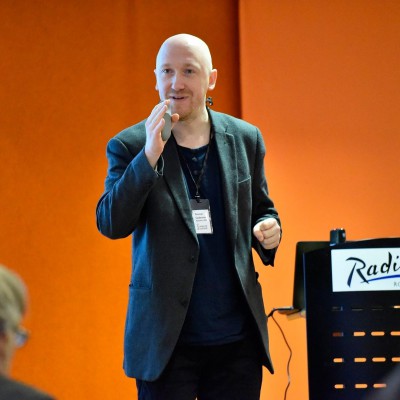 Picture of Gunnar Cedersund giving a lecture at the award ceremony for Nytänkaren (photo by Anette Persson)
Picture of Gunnar Cedersund giving a lecture at the award ceremony for Nytänkaren (photo by Anette Persson)
In December 2015, Gunnar Cedersund was awarded another prize: “Nytänkaren”. This prize is awarded by the “Swedish Fund for Research Without Animal Experiments“, who made a study visit in our group earlier in the year. During this visit, they became so enthusiastic over our results, and the general results of the field, that they decided to create a brand new award. Nytänkaren is a Swedish word, which means “The Innovator”, or “The Thinker of New Ideas”. This prize has also been reported in several news outlets, including the daily newspaper ETC, and Swedish television (see video below for English translation).
We also attended several international conferences and workshops, and gave oral presentations at e.g. the International Conference of Systems Biology (Singapore, Elin Nyman), Modelling Metabolic Health (Cambridge, Gunnar Cedersund), The European Shock Society (Cologne, Gunnar Cedersund), Swedish Bioinformatics Workshop (Stockholm, Gunnar Cedersund, Rasmus Magnusson, Mattias Köpsén).
During the year, we also expanded and deepened our collaboration with AstraZeneca. This included the launching of several new projects, the publication of some first papers, and we also planned for the hiring of a new postdoc, to start in the Summer of 2016. Apart from this, Gunnar also gave a 3 day intensive course on systems biology.
In the summer of 2015, we had many internship students, and several of those have remained with us for the following year as well. A picture of our group during the summer is given below.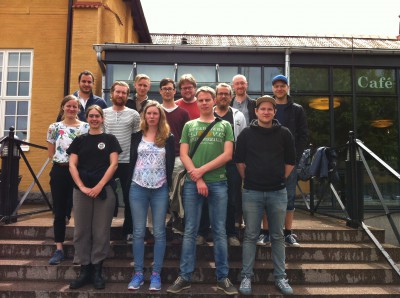
In the autumn of 2015, we spent 2 days in an internal workshop on the country side, to talk about joint decisions, ongoing work, and to create new visions for the coming years. Below you can see a few pictures from this event.
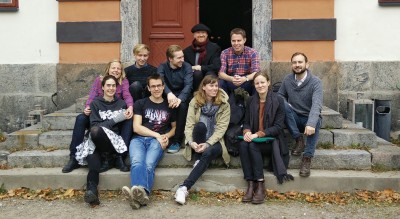
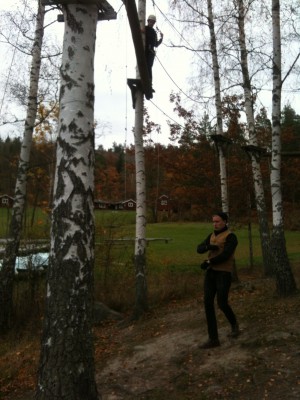
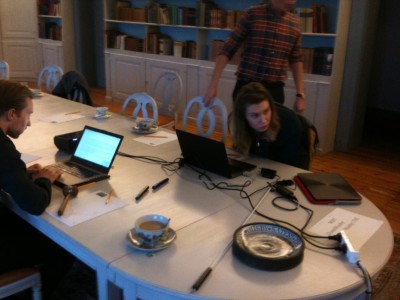
Finally, and perhaps most importantly, 2015 was also the year when we broke our own record in terms of number of publications: 4 published journal articles, 2 accepted journal articles, and 2 published book chapters. The full list is given below.
In summary, 2015 has been our most productive and expansive year: we have published the most number of publications, hired the most number of Ph.D. students, and received the most number of awards.
PUBLICATIONS (all were accepted during 2015):
Nyman E,
Lindgren I, Lövfors W, Lundengård K, Cervin I, Arbring Sjöström T, Altimiras J,
Cedersund G, Mathematical modeling
improves EC50 estimations from classical dose-response curves, FEBS J, 2015, 282(5):951-62.
Jullesson D, Johansson R, Rohini Rajan M,
Strålfors P, Cedersund G, Dominant
negative inhibition data should be analyzed using mathematical modeling:
re-interpreting data from insulin signaling, FEBS J, 2015, 282(4):788-802.
Karlsson M, Janzén DL, Durrieu L, Colman-Lerner
A, Kjellsson MC, Cedersund G, Nonlinear
mixed-effects modelling for single cell estimation: when, why, and how to use
it, BMC Syst Biol, 2015, 9:52.
Sips FL, Nyman E, Adiels M, Hilbers PA,
Strålfors P, van Riel NA, Cedersund G,
Model-Based Quantification of the Systemic Interplay between Glucose and Fatty
Acids in the Postprandial State, PLoS One, 2015,10(9):e0135665.
Schleicher J, Conrad T, Gustafsson M, Cedersund G, Guthke R, Linde J, Facing
the challenges of multiscale modelling of bacterial and fungal pathogen-host
interactions, Briefings in Functional Genomics 2016; doi: 10.1093/bfgp/elv064 (accepted during 2015)
Nyman
E, Rozendaal YJW, Helmlinger G, Hamrén B, Kjellsson MC, Strålfors P, van Riel
NAW, Gennemark P, Cedersund G, Requirements
for multi-level systems pharmacology models to reach end-usage: the case of
type 2 diabetes, J Royal Society Interface Focus, 2016, (accepted during 2015)
Cedersund G,
Prediction uncertainty: a comparison of recent method developments, in
Uncertainty in Biology, from Uncertainty in Biology, Edited by Gomez D and Tegnér
J, Springer-Verlag, 2016
Cedersund G, Samuelsson O, Ball G, Tegnér J, Gomez-Cabrero D, Optimization in
Biology: Parameter Estimation and the Associated Optimization Problem, from
Uncertainty in Biology, Edited by Gomez D and Tegnér J, Springer-Verlag, 2016
Spara
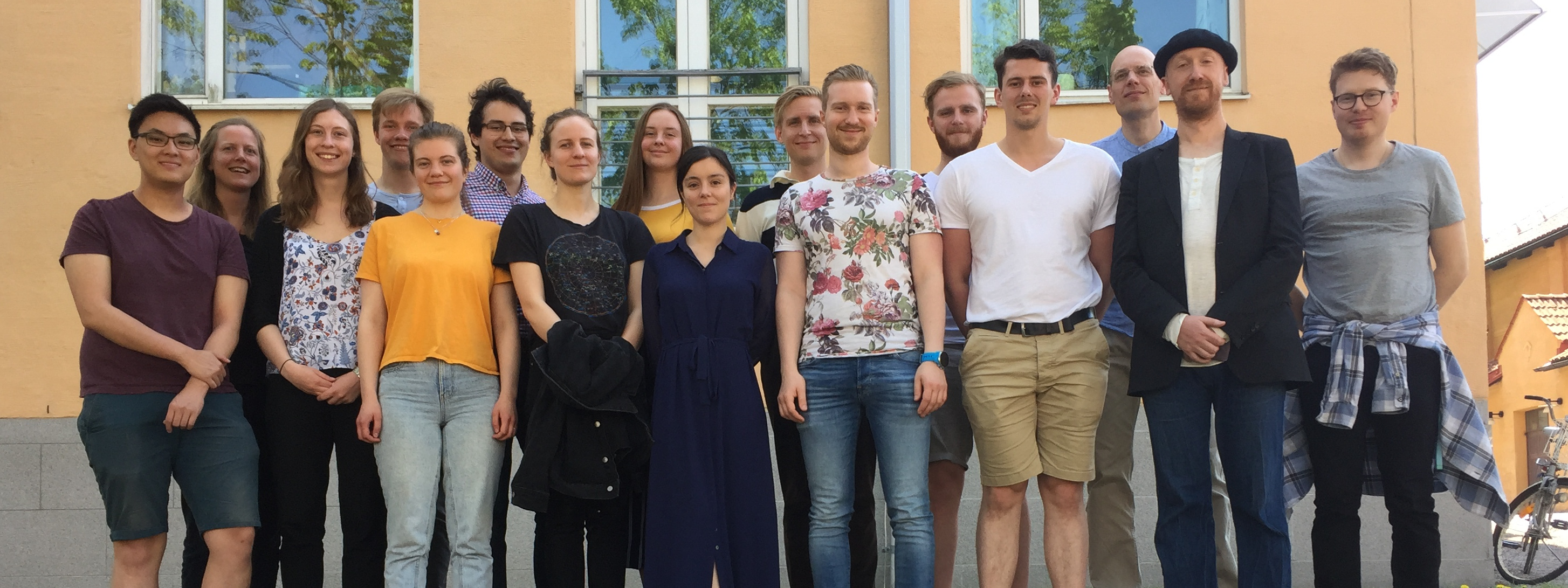
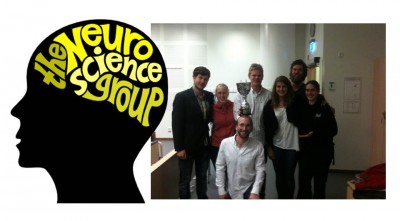
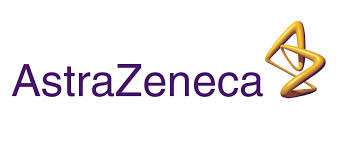
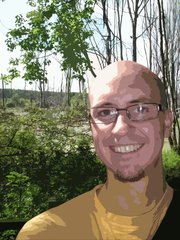
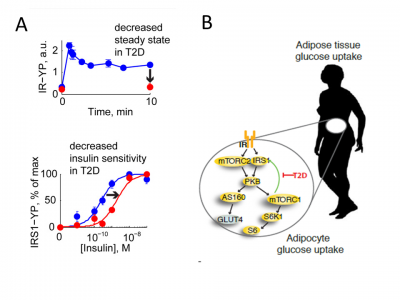 * 2013 also saw the publication of our perhaps most important
* 2013 also saw the publication of our perhaps most important 
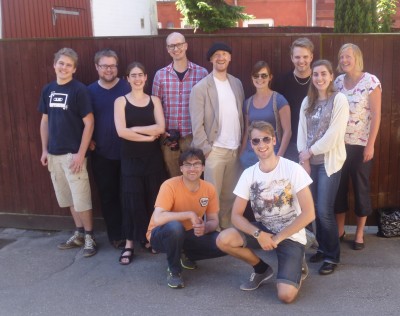 The part of the group that went down to SBMC in June 2012. Above, from left: Patrick Weber, Rikard Johansson, Karin Lundengård, Mikael Forsgren, Gunnar Cedersund, Linnea Bergenholm, David Janzén, Magdalena San Roman, Elin Nyman. Front, from left: Zaheer Ali, David Jullesson.
The part of the group that went down to SBMC in June 2012. Above, from left: Patrick Weber, Rikard Johansson, Karin Lundengård, Mikael Forsgren, Gunnar Cedersund, Linnea Bergenholm, David Janzén, Magdalena San Roman, Elin Nyman. Front, from left: Zaheer Ali, David Jullesson. 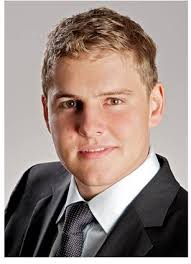 Patrick Weber, our visitor from Stuttgart, Germany
Patrick Weber, our visitor from Stuttgart, Germany
 Our guest Magdalena San Roman, who took a beer at SBMC together with Jan Hasenauer, who was a previous guest of ours, from a few years earlier.
Our guest Magdalena San Roman, who took a beer at SBMC together with Jan Hasenauer, who was a previous guest of ours, from a few years earlier. 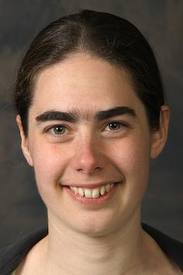 Picture of Karin Lundengård, our new Ph.D. student.
Picture of Karin Lundengård, our new Ph.D. student. 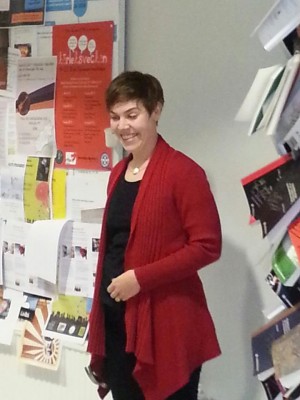 In Dec of 2012, Cecilia Brännmark graduated from her Ph.D. studies. Here we see her during the ritual known as “spikning”, where she nails her thesis to the “thesis tree”, seen to the right.
In Dec of 2012, Cecilia Brännmark graduated from her Ph.D. studies. Here we see her during the ritual known as “spikning”, where she nails her thesis to the “thesis tree”, seen to the right. 
